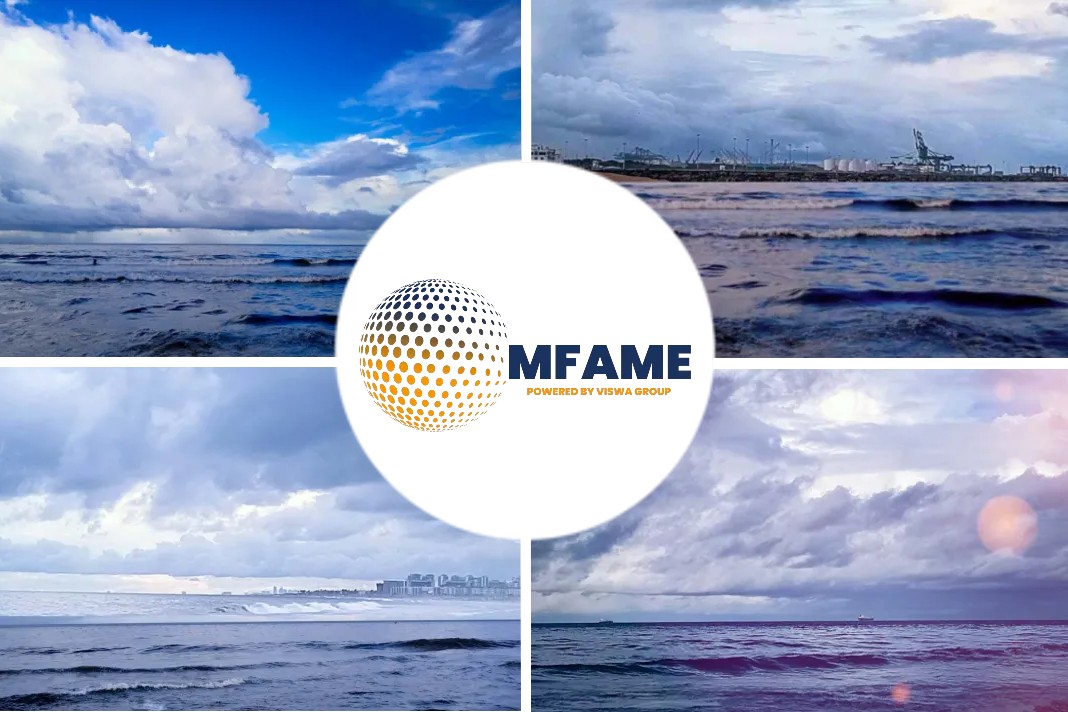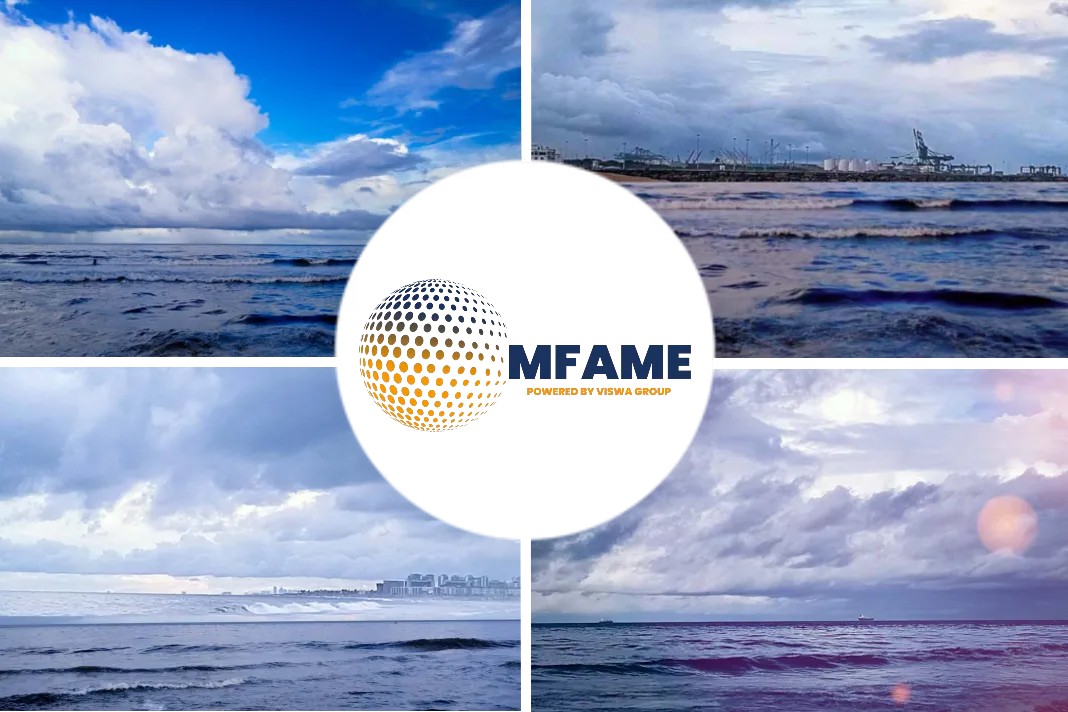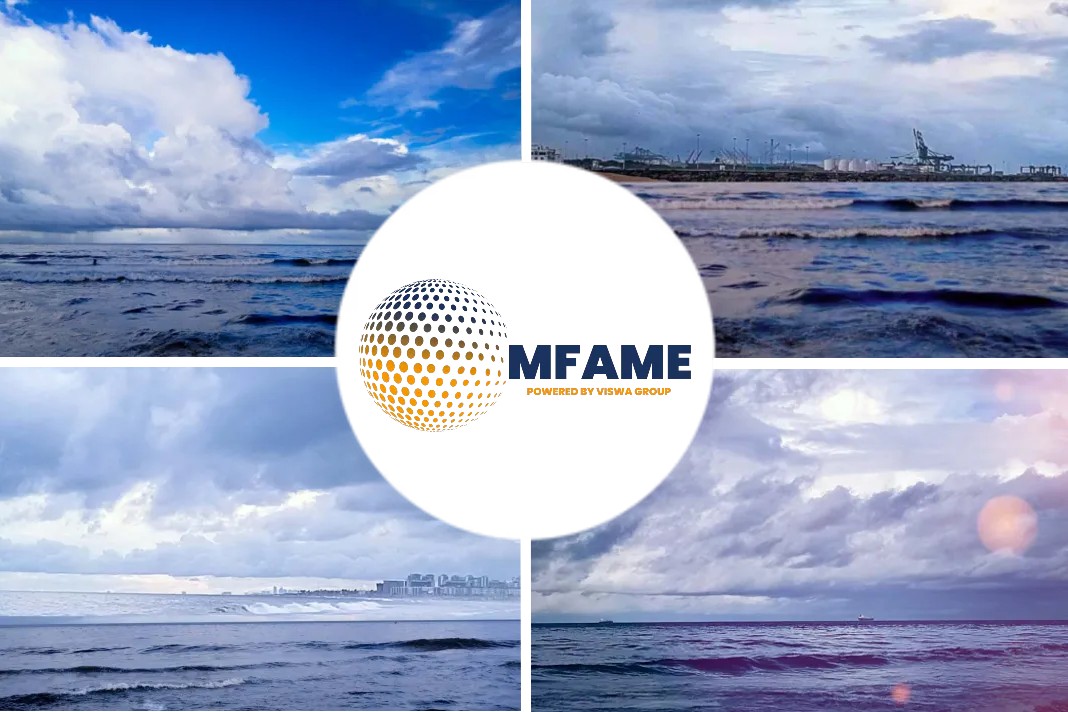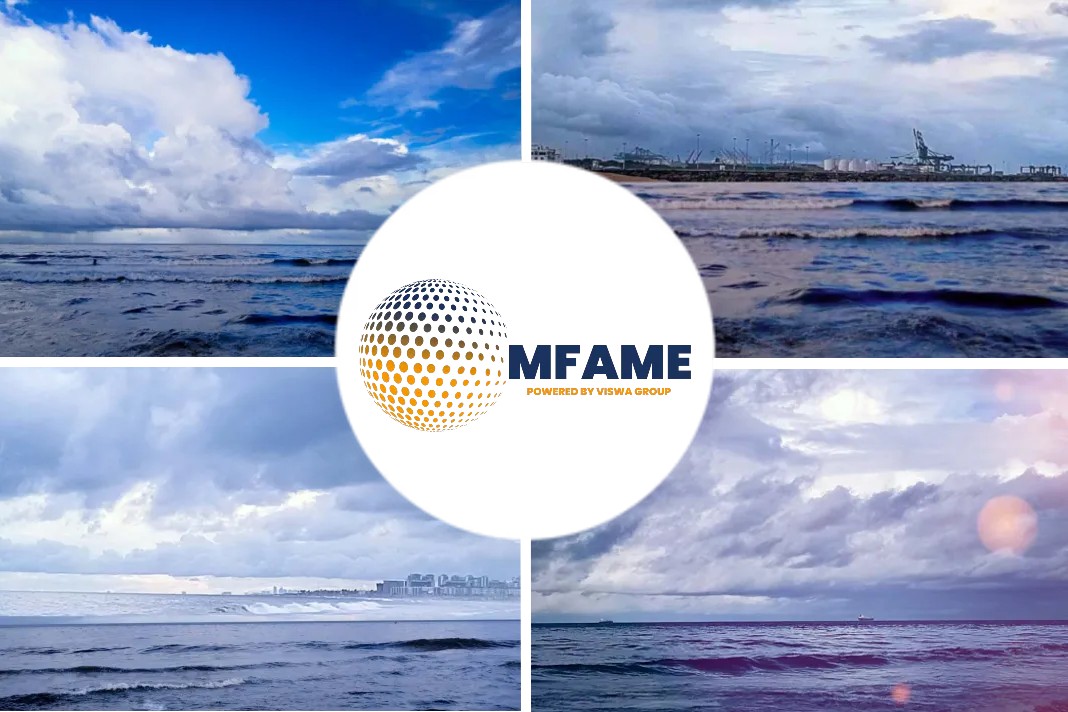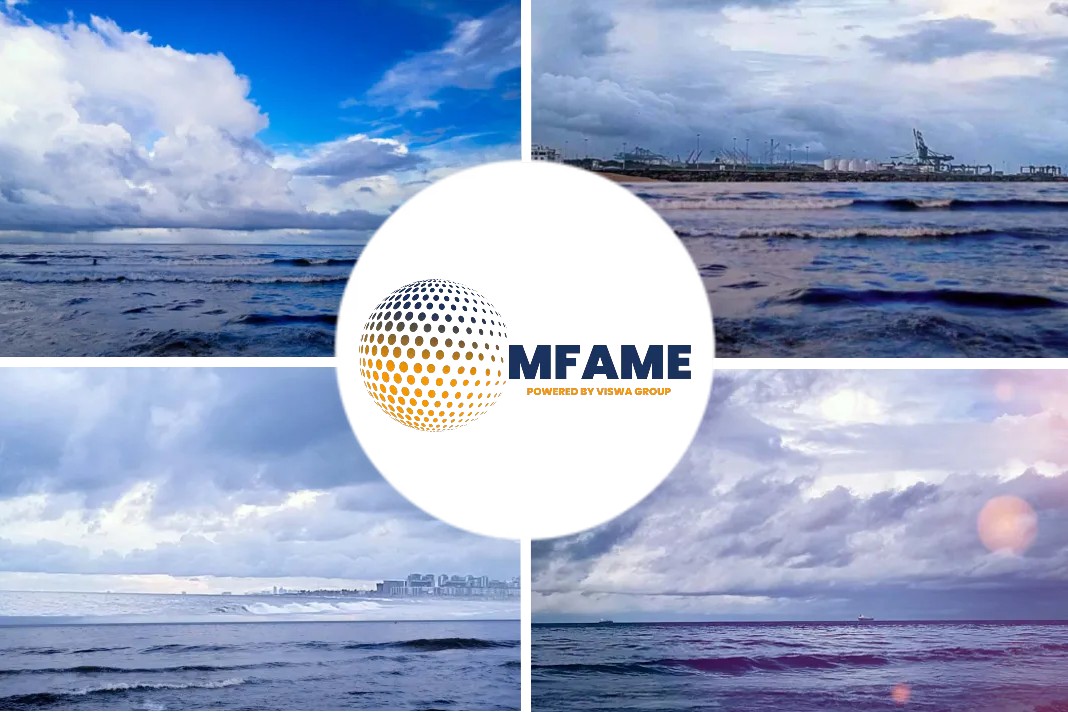- 2018 was a turbulent year for the container shipping industry, but it might have been only a warm-up for 2019
- IMO 2020 regulations could cost the container shipping business as much as $10B globally – and that cost could increase significantly in 2020
- Carriers will have to find ways to pass through at least some of the anticipated $10 billion or greater increase in their annual costs.
- Forwarders and 3PL providers will have to navigate shifting currents in their industry.
- Shippers can expect pressure from carriers seeking to recover their added fuel costs and improve profitability.
- Investors can expect to see higher multiples for 3PL and forwarding assets.
A number of factors, including IMO 2020 regulations, trade disputes resulting in new tariffs, and the UK’s impending exit from the EU, could rock the shipping industry throughout 2019. Market stakeholders must take certain measures and be prepared to respond rapidly as these factors unfold, reports Alix Partners.
Why a struggle for sustained profitability?
Political crosscurrents in the form of trade disputes resulting in new tariffs—and to a lesser extent, the UK’s impending exit from the EU—could rock the industry throughout 2019. Even as the industry’s challenges with pricing discipline and the steady expansion of fleet capacity continue to drag down carriers’ financial performance, the industry is facing new pressures, including the costs associated with the implementation of the IMO 2020 cap on sulfur emissions next year. Those factors, combined with limited success in cost cutting, are dramatically increasing financial leverage, which will likely further constrain carriers’ room to maneuver.
Significant revenue increases seem unlikely in 2019, in light of growth in fleet capacity that continues to exert downward pressure on rates for most major trade routes, including the busy westbound Asia–Europe lane. There was one key exception to that trend in 2018: the heavily trafficked eastbound transpacific (EBTP) trade route. Rates on that route, usually considered a bellwether for financial performance, doubled in 2018 as US shippers raced to build up inventories before new tariffs take effect. But those rates are already on the downswing again as demand slackens, and they could fall further as volumes return to more-normal levels in the spring. The implementation of the IMO 20201 regulations will pose a daunting challenge for carriers. IMO 2020 mandates sharp reductions in sulfur emissions from container ships beginning in 2020. This mandate will require carriers to either switch from cheap, ‘dirty’ bunker fuel—most commonly IFO 380—intermediate fuel oil with a maximum viscosity of 380 centistokes—to more-costly low-sulfur fuel oil (LSFO) or invest in scrubbers. It’s unclear whether refiners can produce enough low-sulfur fuel to meet increased demand in 2020 and beyond. Scrubbers can help carriers comply with the new limits, but concerns are growing among carriers that the supply of scrubbers won’t meet demand.
This fundamental change to such a large component could make or break carriers’ margins depending on how successful carriers are in passing along fuel-cost increases To a large extent, carriers’ financial fortunes depend on whether they will be able to recover any additional fuel costs through surcharges or whether they will have to bear at least a portion of those costs themselves. According to their analysis of large carriers that publish bunker adjustment factor (BAF) rates (tracked by maritime research consultant Drewry), carriers plying the Asia–Europe route in 2018 would have had to increase their BAF rates by 40%, or $270 per forty-foot equivalent unit (FEU), to achieve the same financial result; carriers working the EBTP route would have needed to increase of 33%, or an additional $150 per FEU.
Carriers will have to impose significantly higher fuel surcharges in 2019 and beyond to maintain their margins, with no guarantee that those charges will stick or that they’ll be able to realize recovery in a timely manner. Failure to do so will depress cash flow significantly. They estimate that the new fuel rules could expose carriers to as much as $3 billion in additional costs on the EBTP and Asia–Europe routes alone, which account for about 20% of container-shipping trade volume.2 The industry as a whole could be looking at as much as $10 billion in additional exposure, based on 2018 prices. And if tight supplies of LSFO trigger higher prices, fuel costs could climb even higher, making the difficult task of cost recovery even more urgent.
To estimate average bunker consumption per FEU shipped, they assume for the Asia–Europe trade an 18,000-twenty-foot equivalent unit (TEU) vessel operating on a 79-day rotation; for the transpacific trade they assume a 13,000-TEU vessel operating on a 36-day rotation. They assumed no change in fuel consumption following adoption of LSFO, and they applied a forced head haul cost allocation of 66% for bunkers. BAF levied by month, as quoted by Drewry, was used as the basis for comparing BAF versus bunker cost per FEU. The difference in monthly cost between IFO380 and LSFO, as quoted by bunkerindex.com, was used to calculate the increase necessary to maintain the same contribution of BAF to bunker costs.
Precarious Looking Finances
The threat of new costs and the damaging impacts of increasing leverage could reduce the aggregate Altman Z-score3 of their sample of 14 carriers that publish their financials, which has recovered somewhat since hitting an all-time low just prior to Hanjin’s 2016 bankruptcy filing. (See figure 2.) The aggregate Z-score in 2018 climbed to 2.02, reflecting savings realized following a round of industry consolidation. That improved score is not in the immediate danger zone, but it’s a reminder that the industry remains under serious financial strain.
In addition, the industry’s leverage has risen to a debt-to-EBITDA ratio of 10.1 in the latest 12 months from 7.5 in 2017 and a recent low of 2.2 in 2010. The increase is the result of declining margins as well as increased borrowing by carriers taking on debt to finance acquisitions and fleet expansion. (See figure 3.) The global fleet’s capacity has increased to close to 23 million twenty-foot equivalent units (TEU). (See figure 4.)
- Even as ships grow ever larger—the average vessel in the global fleet has increased by 2%, as measured in TEU capacity, since mid-2018—scrapping activities have plunged.
- Braemar ACM Shipbroking reports that carriers scrapped only 120,000 TEU of capacity in 2018—less than 1% of the global fleet’s total capacity. That’s the lowest volume of scrappage since 2011.
A Short-Lived Boost from the Transpacific Route
One bright spot for carriers amid the general gloom was the extraordinary rise in rates along the EBTP route. Rates from Asia to the US West Coast roughly doubled during the third quarter of 2018, as US companies built inventory from Asian markets ahead of the US imposition of stiff tariffs on certain key import categories and in anticipation of retaliatory measures by China. The effect of those high shipping rates should boost the financial results of carriers with exposure to transpacific routes in 2018. Those high rates were the exception to the general trend in 2018, when lower rates on other key routes, in particular between Asia and Europe, bumped up only slightly during the peak season and have since retreated. (See figure 5.)
Moreover, prevailing rates, including those on the EBTP route, have already declined considerably and could fall further as the volume of Asia-to-US shipping returns to customary levels.Today’s environment of volatile fuel costs, rising leverage, and unpredictable developments on the global trade front presents carriers with a stark strategic choice. If they continue to increase their fleet capacities and the sizes of their vessels, they will benefit from the increased cost efficiency of the newer ships. But an increase in the capacity of the industry as a whole will work to further depress rate levels.
Meanwhile, if global trade disruptions prompt shifts in trade patterns, carriers with smaller average vessels will gain the advantage, because their more flexible fleets will enable them to respond more quickly to changes in shippers’ supply networks. In 2019’s unsettled market, either strategy carries with it sizable inherent risks.
Should we return to Vertical Integration?
There are signs that carriers are turning to the third-party logistics (3PL) industry to improve their strategic positions, with several of them acquiring or bidding for 3PL providers. This development marks a reversal of the trend in the first decade of this century, when carriers were divesting themselves of such operations in the name of shedding noncore assets. It also comes as margins in the 3PL sector are compressing despite strong revenue increases in recent years. Their analysis of 26 logistics companies reveals that less than a quarter of them improved their EBITDA margins by more than 50 basis points in 2018 compared with about half whose margins compressed.
Nonetheless, both strategic and financial acquirers have been actively scouting the 3PL sector recently. Some of the largest carriers have signaled an interest in expanding their footprints into trucking and warehousing, suggesting that they are considering offering additional upstream and downstream services or acting as a one-stop shops for smaller shippers. These carriers are actively trying to reposition as solutions providers with deep, long-lasting relationships with customers; a strategy that has had limited success in the past.
As a result of the interest in the sector, 3PL companies are changing hands at high EBITDA multiples, making it unlikely that carriers can simply acquire their way to higher margins. Of course, carriers will have to borrow to finance any acquisitions, and given the deterioration in the industry’s creditworthiness, the all-in cost of acquisition will climb even higher. In the face of such constraints, carriers that follow through with acquisitions face a sizable challenge to make those deals pay by wringing every possible efficiency out of the combined companies. The container shipping industry’s track record in postmerger integration is spotty at best, and its recent efforts to curtail SG&A costs do not inspire confidence.
Where does this leave us?
Every market stakeholder must closely monitor the dynamic and volatile conditions prevailing in the container shipping market and the uncertainty around global trade conditions and events and be prepared to respond rapidly to events as they unfold. More specifically:
- Carriers must be prepared to mitigate the effects of IMO 2020. Above all, they will have to find ways to pass through at least some of the anticipated $10 billion or greater increase in their annual costs. Several carriers are testing the market for forwarding and 3PL acquisitions, though competition for such assets could drive multiples higher, making the deals too expensive for cash-strapped carriers. In any case, carriers must be ready to reallocate shipping capacity as needed if they’re going to be able to handle to handle sourcing changes in the wake of new tariffs and other trade challenges. And last but not least, they must find ways to limit the growth in TEU capacity to levels roughly in line with demand.
- Forwarders and 3PL providers will have to navigate shifting currents in their industry. Independent forwarders may find themselves sidelined by carriers intent on supporting their own captive forwarding and logistics units. Every player in the sector will have to be vigilant to avoid being stuck with the bill for fuel cost recovery prompted by the implementation of IMO 2020.
- Shippers can expect pressure from carriers seeking to recover their added fuel costs and improve profitability. Shippers along the EBTP route may benefit by holding off from locking in contract rates until volumes along the route subside following inventory buildups in anticipation of tariffs. Shippers that have in the past relied on forwarders to afford access to multiple carriers should keep careful watch of where those forwarders’ allegiances lie, given the number of forwarders that are now captives of one carrier or another.
- Investors can expect to see higher multiples for 3PL and forwarding assets as strategic investors in the container shipping space scout for acquisitions. Financial investors should consider exiting any mature investments they hold in such companies
Did you subscribe to our daily newsletter?
It’s Free! Click here to Subscribe!
Source: AlixPartners






